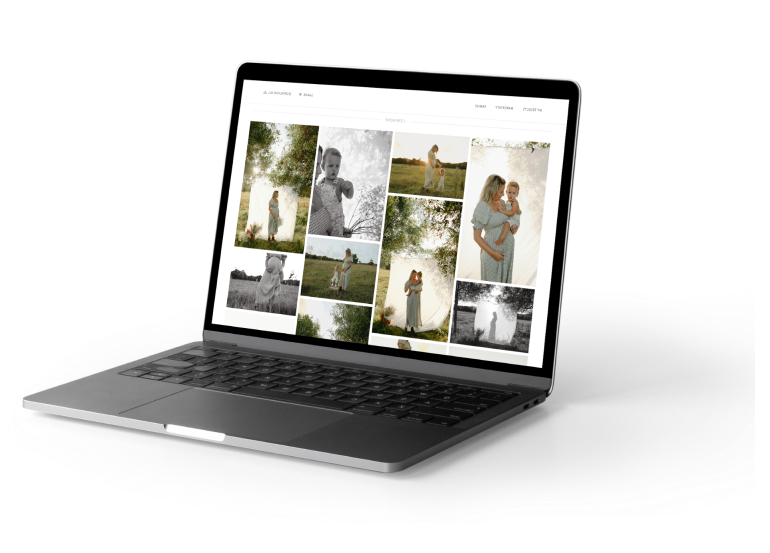There’s so much gear out there. So much, in fact, that it can sometimes feel like you could drown in it all. For those of you swimming in the big sea of lenses without a liferaft, grab our hand. We asked our buzzing photography community about their favourite tools of the trade, and they delivered! Here are the best of the best — the top five camera lenses.

70 - 200
The 70 - 200 is a mainstay in many photographers’ camera bags for a good reason. With its shallow depth of field and impressive telephoto reach, it’s a bit of a no-brainer for every session from wedding to portraiture and wildlife to sports.
Sigma and Canon are at the top of their game consistently, and their respective versions of this lens are both pretty drool-worthy. Check out the Sigma 70-200mm f/2.8 DG OS HSM | S, and the Canon EF 70-200 f/4L IS II USM.
35
For those of you already in the 35mm lens club, we’re preaching to the converted. There’s something so spell-binding about this lens that people who love it really, really love it. And we, for one, can absolutely see why. These small lenses pack a punch with their low-light performance, versatility, video capability, and tasteful wide angle. Our friends in the Unscripted community love the way it performs in family and lifestyle sessions in particular. The Sigma 35mm f/1.4 DG HSM Art Series is regularly praised for its creamy bokeh, sharp focus, and affordability.


85
In our humble opinion, the 85 is the best lens for portraits. Hands down. Its capacity for subject-background separation is exquisite when shooting people, and the compression of the lens offers little to no distortion. Having said that, the 85 is also surprisingly versatile for a fixed lens. Provided you have the space to play with, this lens could also be a great choice for food, architecture, or travel. Canon takes the cake on this one with their L series 85mm f/1.4 IS US, but it’ll cost ya a pretty penny. For those shooting on a budget, the Sigma 85mm f/1.4 DG HSM Art comes up second.
50
Often praised for their versatility and their low price tag, the 50mm is a crowd-favourite for a few noteworthy reasons: they’re small, they’re adaptable, they’re fast, they’re great for low-light scenarios, and they’re cheap. What’s more, is that the human eye pretty much sees in 50mm focal lengths, so photographs taken with a 50mm lens are easier for our eyes to decipher. If you’re shooting with Sony, the 50mm sony planar t* fe 50mm f/1.4 za is making waves in the photographic atmosphere, but the Canon TS-E 50mm f/2.8L MACRO is incredible too.


24 - 70
Life is like a box of chocolates, right? And the 24 - 70 has what it takes when you can’t possibly anticipate what you’re gonna get. This all-rounder is probably one of the most versatile lenses on the market and boasts a whole range of possibilities in the face of all the curve balls that life throws at you. Shift seamlessly from wide angle to zoom and shift with your changing subjects. Good for family shoots, portraits, landscapes, and weddings, this lens is a great place to start if you haven’t decided where your niche is yet. Canon EF 24-70mm f/2.8L II USM is one of the best ones out there.
When it comes to lens selection, deciding whether to invest in prime lenses or zoom lenses is a pretty hot debate between photographers. In our opinion, there’s a time and a place for everything and it’s up to you to decide what works best for your sessions. The main difference is the focal lengths. Prime lenses have a fixed focal length, while zoom lenses allow you to use a range of focal lengths. Maybe you’re not in the business of changing lenses as the scenarios change, but if you want to travel light and don’t have a lot of cash to burn, prime lenses are the answer. And although zoom lenses are super convenient, they’re also more prone to distortion. As with everything, there are upsides and downsides to each side of the argument.

coffee a week. Use code:
lead your photography
sessions with confidence.


FAQ's
What are two lenses that every elopement photographer should have?
What lens is best for wedding photography?
How do I know which lens to use?


